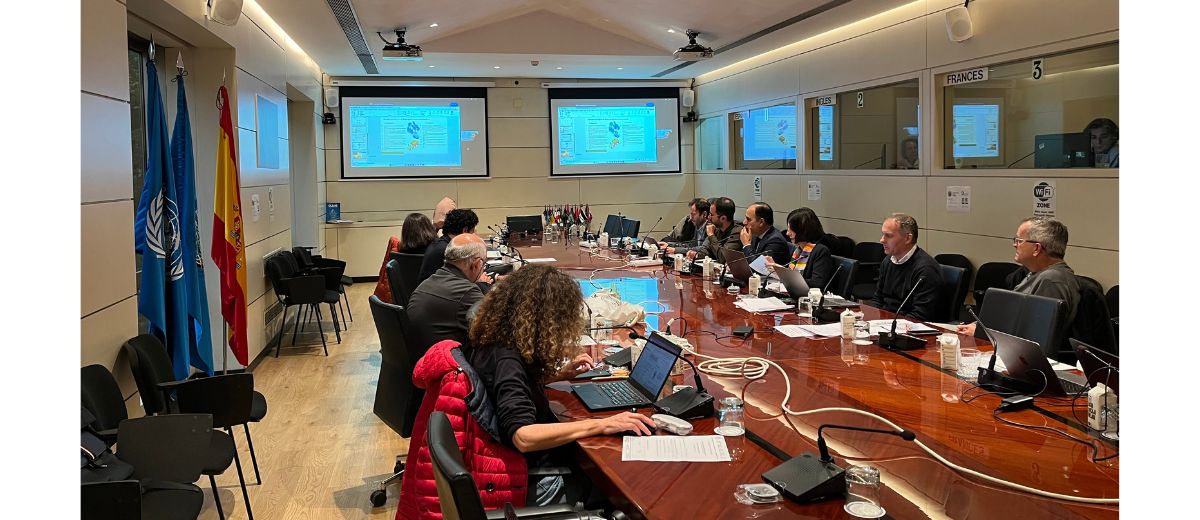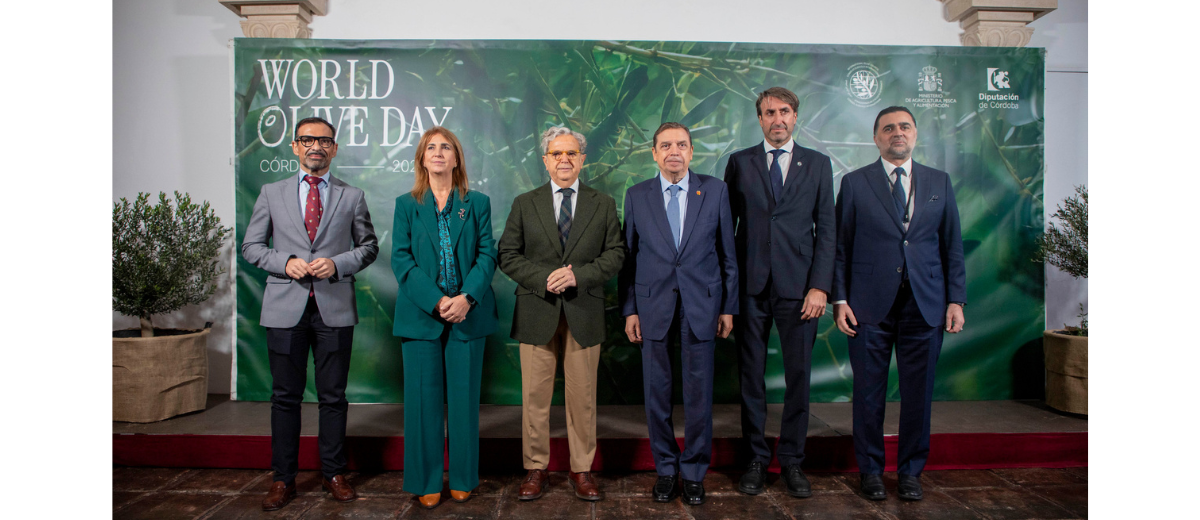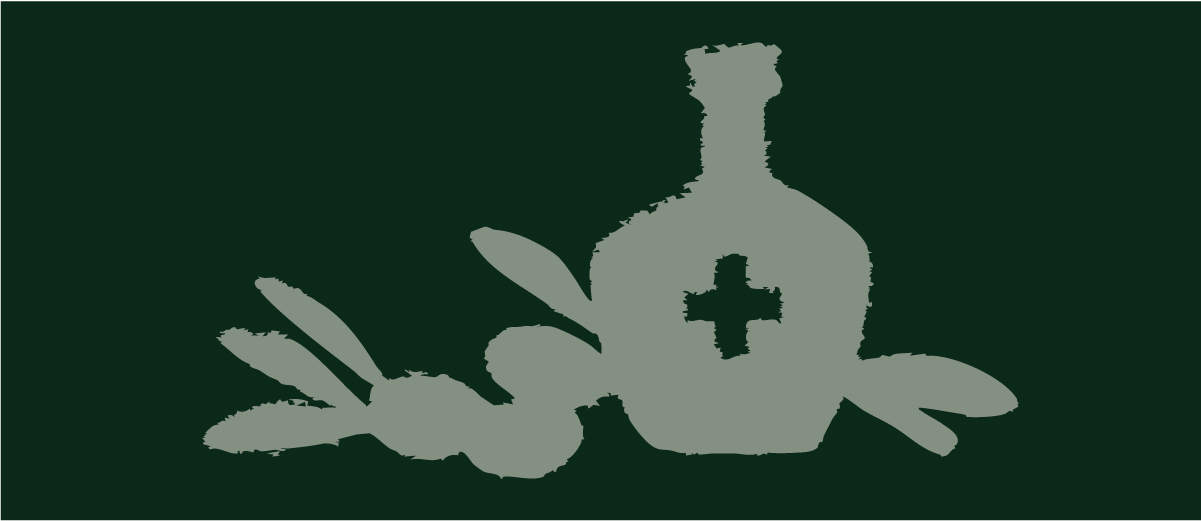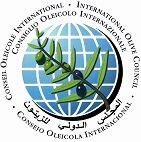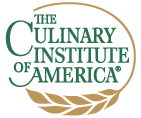Strengthening the Backbone of Global Olive Sector Statistics
Representatives from thirteen member countries gathered both in person at the headquarters of the International Olive Council (IOC) and online for the annual meeting of the Statistics Working Group, held on 29–30 October 2025. Delegates from Albania, Croatia, Egypt, the European Union (EU), France, Iran, Italy, Morocco, Portugal, Saudi Arabia, Spain, Tunisia and Türkiye engaged in robust discussions to improve the quality, reliability and relevance of statistical data across the olive sector. In fact, the IOC recently published am interactive statistical dashboard, enhancing user accessibility to olive sector data regarding production, imports, exports and consumption rates.
The first day of the meeting focused on the 2025/26 crop year, opening with an overview of the global market situation delivered by the IOC Executive Secretariat. Member countries then presented their national forecasts and outlined the current state of their domestic olive sectors, leading to constructive exchanges on refining data categories and improving reporting processes.
Day two shifted the spotlight to data-collection methodologies. The IOC presented a comparative review of methods used by international organisations, with a special focus on EU best practices. This was followed by a presentation from the EU delegation on the Union’s agricultural statistical framework. Delegates engaged in a valuable exchange on data collection methodologies, sharing national experiences and identifying common challenges.
Key conclusions and proposals emerging from the meeting include:
- Improved timelines: Participants recommended shifting the annual deadline for data submission to mid-October to allow Member States more time to compile accurate and validated information, reducing reliance on estimated figures.
- Data scope and accuracy: While the existing data collection form was deemed generally fit for purpose, delegates considered the possibility of enriching it with additional information, particularly on price data, olive mills, plantation areas, farm sizes and new orchards to better capture sector dynamics.
- Digital transformation: The potential development of a dedicated IOC platform for data submission was considered, aimed at standardising and streamlining reporting processes. Participants also called for continued access to machine-readable formats, such as Excel downloads, to maintain user-friendly access to data.
- Crop-year alignment: The group floated the idea of basing yield estimates on even-numbered years to better reflect the alternate bearing patterns of olive cultivation.
- Exporter lists: There was no consensus on whether to publish lists of exporters, with some representatives citing private-sector sensitivities and data-protection concerns.
- Dashboard feedback: Delegates welcomed the IOC’s new online statistics dashboard, underscoring the importance of maintaining current features and ensuring public access to downloadable datasets.
- Validation role: The working group confirmed its mandate to review and validate data before presentation to the Council of Members.
The meeting reaffirmed the IOC’s commitment to providing high-quality, transparent and timely statistical information to support evidence-based decision-making throughout the olive sector. Since its foundation in 1959, the IOC has served as the leading authority for data and market intelligence in the olive oil and table olive sectors.
